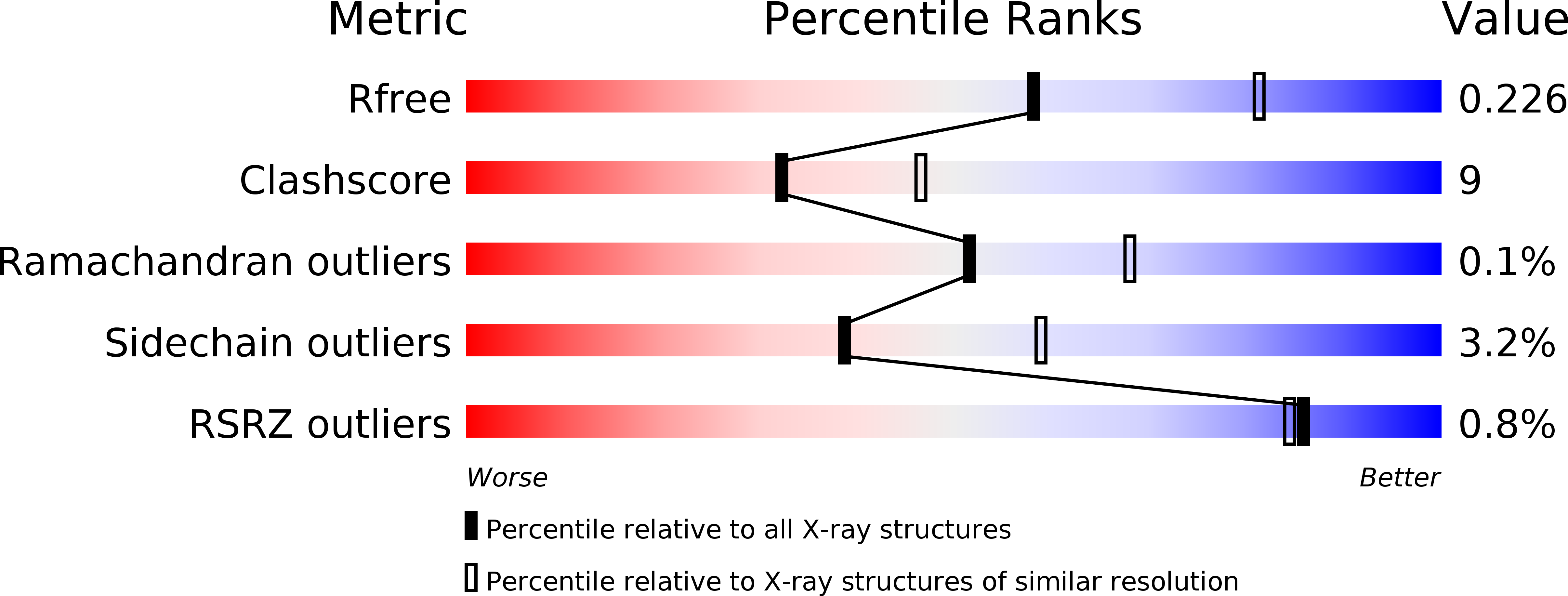
Deposition Date
2010-08-11
Release Date
2011-01-12
Last Version Date
2024-10-30
Method Details:
Experimental Method:
Resolution:
2.40 Å
R-Value Free:
0.24
R-Value Work:
0.19
R-Value Observed:
0.19
Space Group:
P 1 21 1


